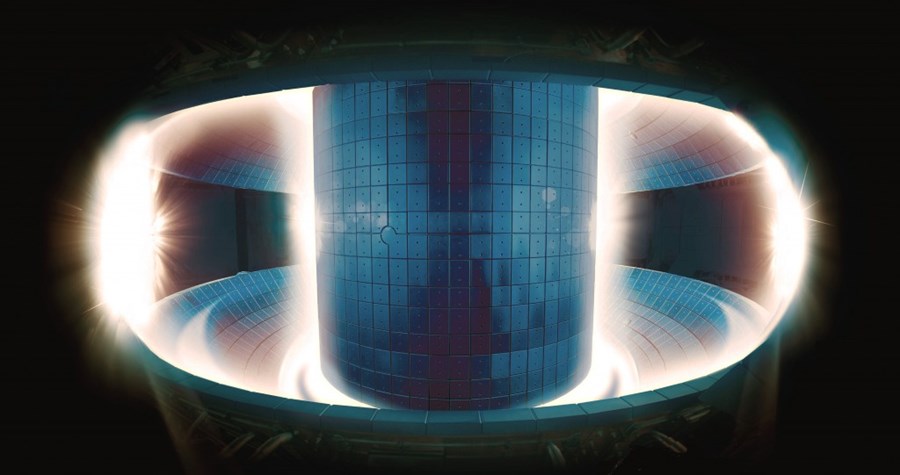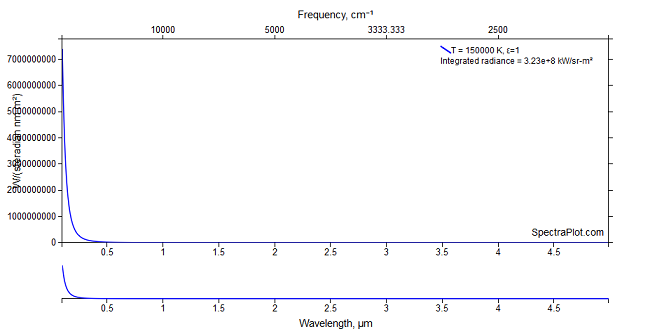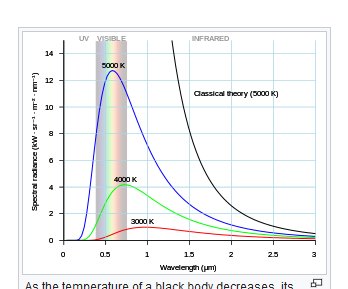The sun is mostly plasma, and it almost fits well the black body radiation curve, which is the way we gauge its average temperature: almost 6000K which radiates away. The center is much hotter ( see below).
It is reported that the ITER plasma will be ten times hotter than the sun at the center. This will squeeze the black body type curve towards high frequencies, but there will still be a tail in the visible at the outer cooler layers, to give this type of visible radiation:
In the depths of the Sun where fusion reactions produce the energy that we perceive as light and heat, temperatures reach 15 million °C. In the centre of the ITER plasma temperatures will soar to between 150 and 300 million °C.
In the heart of the Korean tokamak KSTAR, in operation since 2008, a plasma pulse burns brightly. But don't be fooled—the brightest areas of the photo are in fact the coolest. At 150 million °C (the temperature in the centre), the plasma doesn't emit in the spectrum of visible light. © National Fusion Research Institute, Korea.
So the black body curve is really squeezed to the left.
In general from a temperature and over there will be radiation in the visible from black body radiation, but for a plasma there are differences..
The theory of black-body radiation in thermal equilibrium with a homogeneous and isotropic plasma is presented. The relevant thermodynamic quantities of the radiation are obtained. The presence of the plasma changes qualitatively and often quantitatively the concept of black-body radiation, essentially through the effect of plasma density.
Edit after comments.
I used this black body calculator for 150.000.000 K
and this for comparison with sun temperatures
This is what I mean by "squeezed to the left" beyond the visible.




